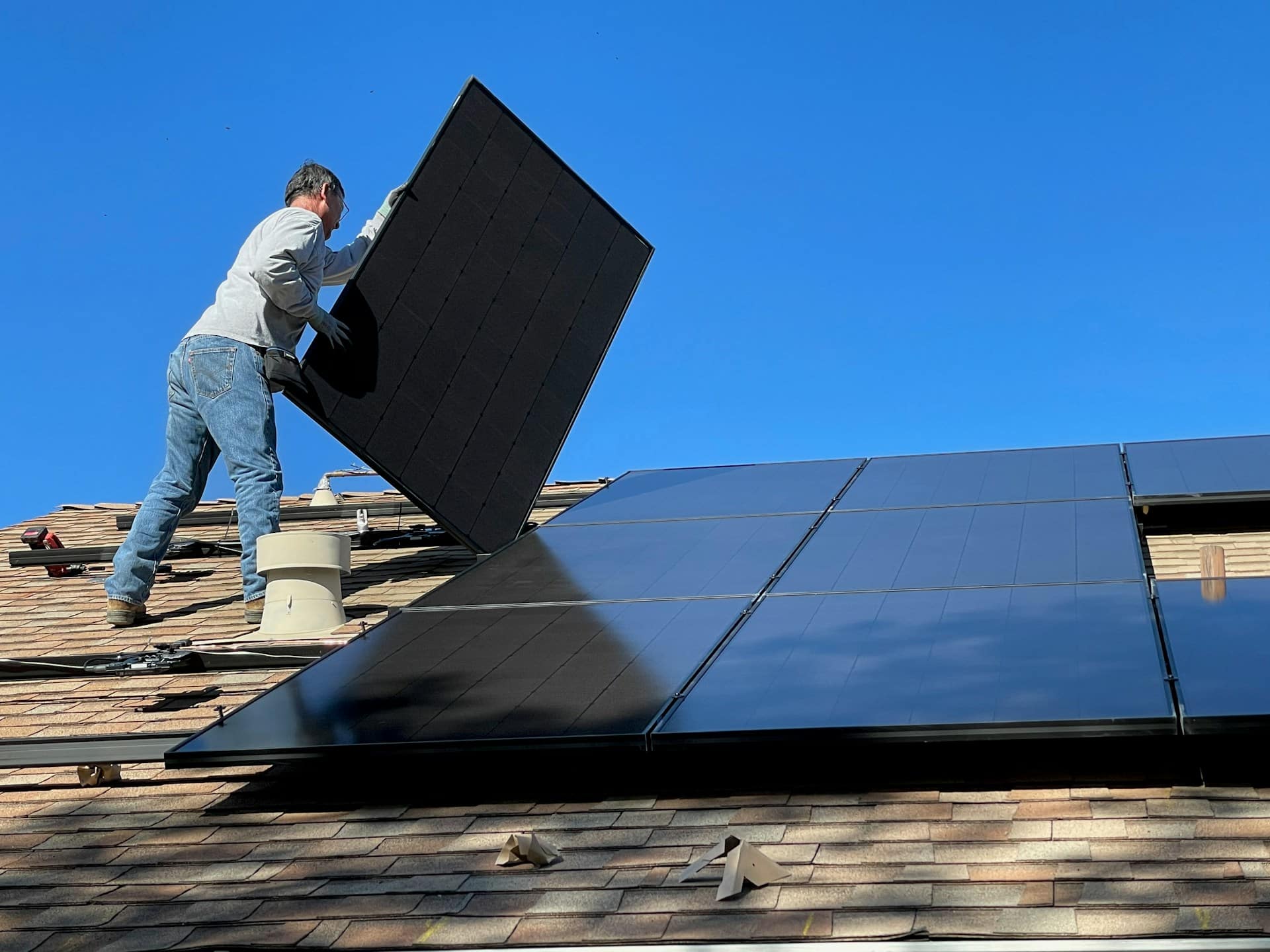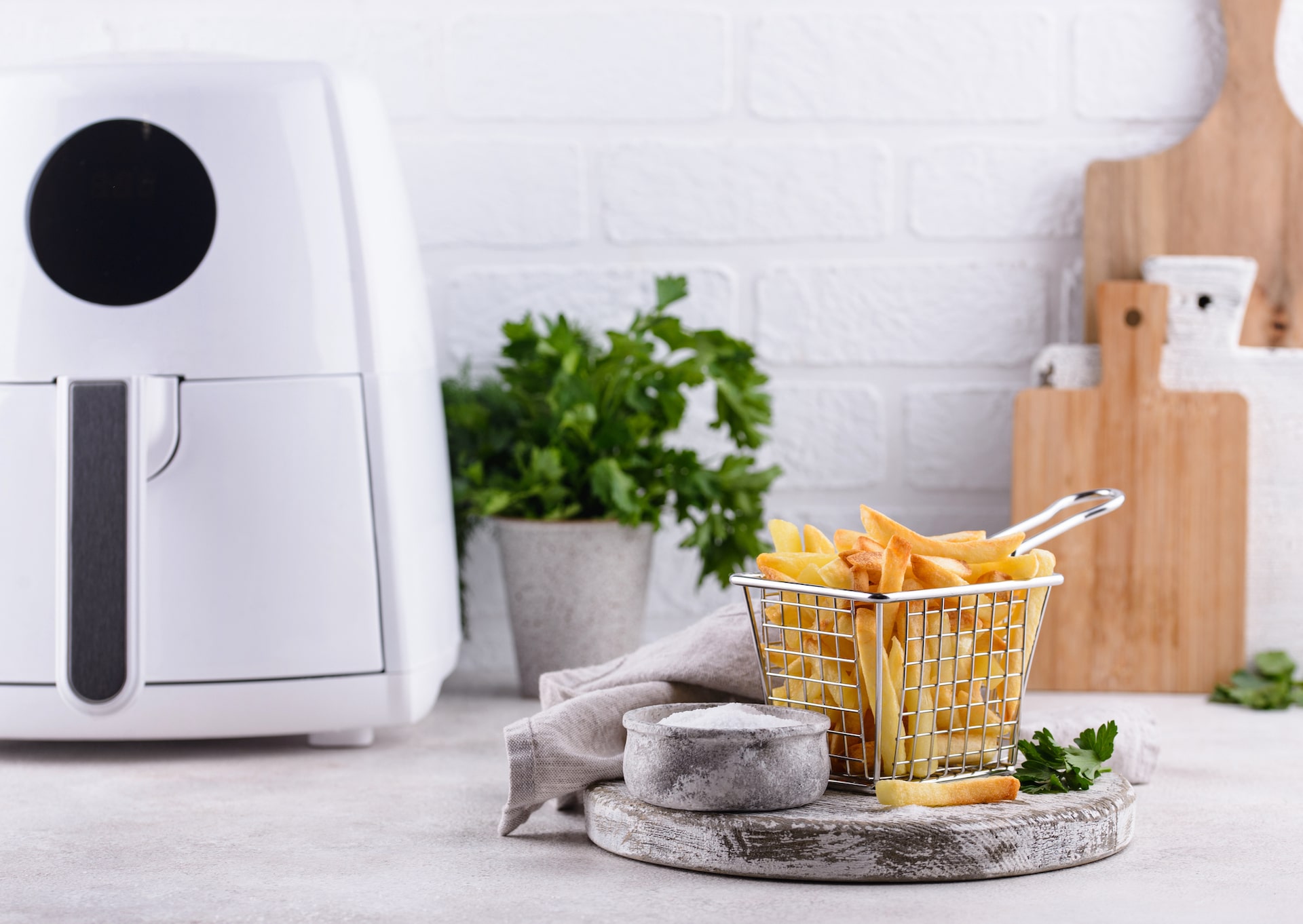This article may contain affiliate links. We may receive a commission for purchases made through these links. Privacy Policy.
If you pay attention to mountain biking or backpacking, you’ve surely come across people talking about bikepacking. It is becoming increasingly popular in outdoor circles because it maintains the human-powered element of backpacking with the increased distances powered by bicycles.
If you’re thinking about going on your first bikepacking trip, you’re going to need to do a little preparation. The main areas you will need to focus on are fitness, gear and route planning. In this article, we’re going to assume that you are already in superhuman shape and focus on gear and route planning.
But before we get into that, what is bikepacking (and what isn’t bikepacking)?
What is Bikepacking?
At its core, bikepacking is the act of using your bike as your primary mode of transportation while camping. It’s essentially backcountry camping but on a bicycle. You don’t need to go into the backcountry, though. You can go bikepacking anywhere with places to pitch a tent.
If you really want to nitpick, bikepacking is different from bike touring because bicycle touring involves special racks and attachments (like baskets or panniers). Bikepacking, instead, relies on attaching all of your gear directly to your bike using specialized bags or straps.
Bikepacking Bikes
The best bike to start bikepacking is the bike that you already own. If you have a mountain bike, then you’re set. If you have a road bike, you will need to make a few modifications.
The point is: you don’t need a new bike to get started. You can always strap things to your current bike and get going. Remember, unlike bike touring, you aren’t dependent on special eyelets for racks and panniers.
That said, there are some things that make some bikes better than others for bikepacking. Your specific needs will depend on the route and the amount of gear you’re bringing.
In general, here are some things to look for in a good bikepacking bike:
- Wide tire clearance – 23mm road tires just aren’t going to cut it BUT you might be able to fit larger tires on your traditional road bike.
- Easy gear ratios – When you’re bikepacking, you are going to be hauling around an extra 20-30 lbs. Plus, you’ll be (probably) be doing more climbing than you would when biking around town. That’s why you should look for something with some “granny gears.” If you don’t know what that means, talk to people at your local bike shop or just look for a bike with a relatively small chainring.
- Comfortable seat – Leave your racing saddle at home. When bikepacking, you just want something that is comfortable. You’re not going for speed, you’re going for enjoyment.
- Suspension (Optional) – If you are going to be tackling singletrack, you’ll probably need a full-suspension or hardtail mountain bike. If you’re on dirt roads, you’ll want to opt for a rigid frame like on a gravel bike.
You’ll notice that I didn’t mention fat bikes. While fat bikes have increased in popularity in recent years, they generally overkill for all but the most extreme tips.
Related: The Ultimate Camping Packing List [The Outdoors Are Calling]
Basic Bikepacking Gear

Bikepacking gear generally overlaps with ultralight camping gear. The focus on weight is important because if you want to cover a ton of miles, you’re going to want to stay light. Also, ultralight gear takes up much less space, which is essential when trying to strap everything to your bike frame. The basic gear list needed for bikepacking can be broken down into four categories.
- Sleep System
- Kitchen System
- First Aid Kit
- Bike Repair Kit
When purchasing new gear, I would make sure to read a ton of gear reviews. Reddit is a great place to start, but also try asking around your local community. As bikepacking increases in popularity, there are more and more groups that organize rides together. These groups are a treasure trove of knowledge and experience.
Sleep System
Your sleep system is everything you need to rest your head comfortably(ish) after a long day in the saddle. For most people, this will mean a lightweight backpacking tent, sleeping pad and a sleeping bag. But for others, this could me a bivy sack, tarp or a hammock. It all depends on your desired comfort level.
Kitchen System
Your kitchen system includes what you will be eating and how you will prepare it. If you want to keep it as light and simple as possible, just pack calorie-dense food that doesn’t need to be prepared (like trail mix). If you want to eat something hot (which is great if you’re sleeping in colder temperatures), you might want to pack a small backpacking stove or make your own.
First Aid Kit
Everyone’s needs are different, but here’s a basic lightweight first aid kit:
- Tape (can be used for anything)
- Ibuprofen
- Gauze
- Bandaids
- Benadryl
- Tweezers
- Alcohol pads

Bike Repair Kit
If you are bikepacking for any extended amount of time, you WILL need to make some basic bike repairs. You need to pack enough gear to fix the very basics. If your route is close to civilization, you might be able to leave some things at home. Here’s a short list to get you started:
- Bike specific multi-tool
- Tire pump
- Tire lever(s)
- Spare tubes
- Patch kit
- Chain Lube
- Extra straps
Bikepacking Bags
Most serious bikepackers use three main bags, a frame bag, handlebar bag and seat bag. Frame bags strap in between your bike frames triangle (where many people typically keep water bottles). Handlebar bags or rolls strap onto your handlebars – if you have a drop bar bike, you will have to make sure it fits between the drops. Seat bags strap onto your seat and seat post and come in all sorts of sizes. For bikepacking, they are WAY bigger than your typical roadie seat bag.
While handlebar bags and seat bags are pretty universal, you can get custom made frame-packs to match your frame perfectly. I would highly recommend going this route to maximize your storage capacity.
For everything that doesn’t fit in your bags, you’ll want a whole lot of straps and bottle cages. Depending on your frame, you can attach additional items to your top tube or under your down tube.
Related: How to Plan a Trip Along the Pacific Coast Highway
Bikepacking Route Planning

One of the wonderful things about bikepacking is that you can make it whatever you like. You can choose gravel roads and stop and campsites or you can go completely off-road (if you and your bike can handle it). If it’s your first time, stick to well-established routes (like well-maintained singletrack or dirt roads) with designated camping stations.
When it comes to length, think about how far you would ride on a typical road ride. Then cut that in half. Then cut that in half again. What I’m trying to say is it is better to err on the side of caution. Remember, you will have 20+ lbs of gear strapped to your bike. When you first start, it won’t seem like a lot, but after 20 miles, your legs will be burning.
I also suggest starting with an overnighter for your first trip. After a couple of overnighters, you’ll have a much better idea of what gear you need and what you can leave behind. From there, you can start planning multi-day trips that cover more miles.
One of the best resources (if not THE best) is bikepacking.com. They have loads of information on route planning, including maps and trip reports.
This was only a very brief overview, but I hope I’ve provided enough information to get you started on your first bikepacking adventure. Even if you are just a beginner cyclist, bikepacking is a great way to get outside and enjoy some Mother Nature.

You might also be interested in: The 9 Most Underrated National Parks [And the Best Times to Visit Them]
Christine Devereaux Evangelista
view postChristine Devereaux Evangelista
Christine Devereaux Evangelista is the Editorial Director for ChatterSource. In her free time, she enjoys volunteering, arts & crafts, baking and binge-watching crime dramas. She lives in Denver, CO with her husband, Darin and Goldendoodle, Walter.
view post








